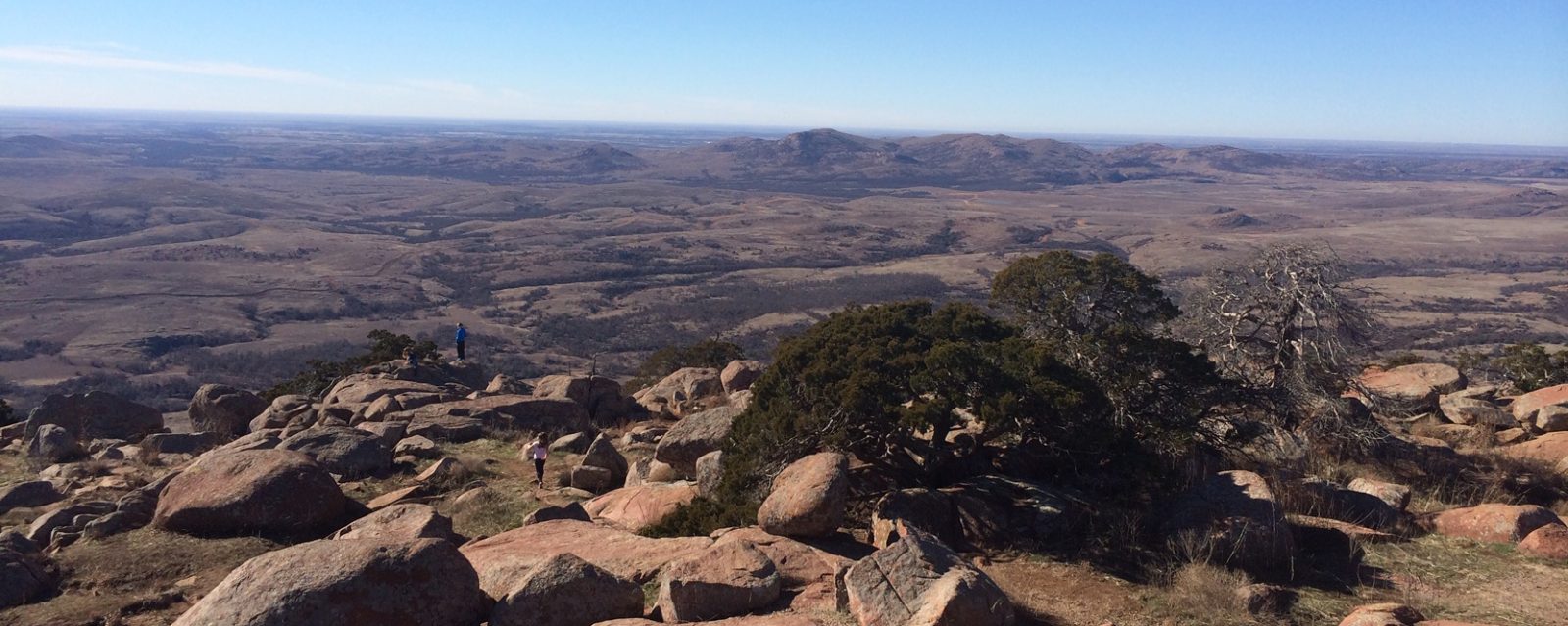Regional Haze
Regional Haze Program and RH SIP Submittals
The Regional Haze Program is a long-term national program designed to protect current visibility conditions at treasured areas that have been designated as Federal Class I Areas, and to restore visibility to natural conditions at those impacted by man-made sources. The Wichita Mountains Wilderness Area (WMWA) in Comanche County is Oklahoma’s only Class I Area.
Oklahoma implements the Regional Haze Program through State Implementation Plans (SIPs) in accordance with the federal Regional Haze Rule (40 CFR Part 51, Subpart P, Protection of Visibility). A comprehensive SIP revision is required every ten years to update the state’s plan to meet reasonable progress goals in the following ten-year period, also called the Planning Period. Each RH SIP must address visibility conditions at the Wichita Mountains Wilderness Area, and any other Class I area at which Oklahoma may contribute to impairment.

The Regional Haze Program is helping to improve the view at the Wichita Mountains Wilderness Area, Oklahoma’s only federally-designated Class I area, located within the Wichita Mountains National Wildlife Refuge in Comanche County, near Fort Sill & Lawton, OK. It is managed by the U.S. Fish and Wildlife Service.
The Air Quality Division continually works with the Federal Land Managers (FLMs), EPA, and our regional-state partnerships, especially through the Central States Air Resource Agencies (CenSARA), to develop a long-term strategy for meeting natural visibility conditions by 2064.

